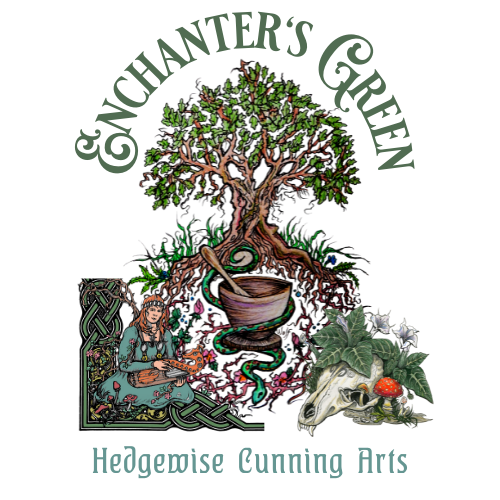monkeyflower
Monkeyflower
Sunlight in any Season
Common Name: Monkeyflower, MuskFlower
Botanical Name: Erythranthe spp.(formerly Mimulus spp)
Energetics: Neutral to Cool, Sl. Moist
Actions: Relaxant nervine, anti-depressant, anti-inflammatory, vulnerary, anodyne
Taxonomical note: Recently, most Monkeyflowers were moved from the genus Mimulus to the genus Erythranthe, and from the Scrophulariaceae family to the Phrymaceae family.
Monkeyflowers are most common to the American West (particularly in California), but there's at least one species that can be found throughout the East as well. I have only used our particular species (Erythranthe guttata, also called Seep Monkeyflower or Spotted Monkeyflower, that grows throughout the West and parts of the NE), and can't really speak to the effectiveness of other varieties, but I do know that M. pilosus has been used effectively by earlier herbalists such as Harvey Felter. My native Monkeyflowers grows in wetland and riparian habitats, especially spring seeps, and can be found from early spring until the river starts freezing in November or December. They frequently grow alongside Speedwell, Watercress and Smartweed in the middle mountain elevations of the SW.
The plants seem so animated and child-like that I can barely stand to harvest them. Their golden yellow mint-family-like flowers (though they’re actually of the figwort family, along with Mullein and Penstemon) have delicate golden-orange polka dots on their inside lips and their bright green leaves are serrated and distinctive, making it an easily recognizable plant.
This is an incredibly joyful little plant, and has proven itself to be an effective mood elevator for those who feel the joy of life has completely left them. These are flower essence indications but they're very accurate to the action of the plant. Monkeyflowers have a big spirit and just sitting with them can be uplifting and well, just plain fun. It seems to have a special ability to relieve certain kinds of depression, especially cases typified by paranoia, phobias, oversensitivity and simple fear. There's a particular feeling of joylessness combined with fear and vulnerability. It's also a good general mood lifter for mild depression and seasonal affective disorder. It can also work well in cases of chronic or acute anxiety/panic attacks. I often combine it with Rose for a rescue remedy like effect for any kind of trauma or hysteria.
I also really like it for pain, especially nerve pain, with anxiety, irritation and depression. It often takes the pain down a notch or two while relaxing the entire system and making everything just ~feel~ better. It's certainly a sunshine plant, and can impart feelings of joy, openness, compassion and friendliness. It helps bring the sunshine inside, you might say.
It makes a great poultice and salve too, by the way. I like it with Evening Primrose leaf/flower, Elder flower, Alder leaf and Plantain for a lovely green salve.... it also makes a nice nerve healing balm when combined with St John's Wort and Sweet Clover.
Effective Pairs & Triplets for Formulation:
With Lemon Balm for mild or seasonal depression.
With Golden Smoke (Corydalis aurea) and California Poppy for any kind of nerve pain, especially when accompanied by tremors and a anxious, restless gloom.
With Wild Rose for trauma, fear or paranoia, especially in women, children or individuals who feel extremely vulnerable. I keep this particular combo on hand at all times.
With Evening Primrose for stress/emotion triggered asthma, and depression from gastric causes.
With Sweet Clover for sciatica and other neuralgias.
With St John's Wort as a nervine, mood lifter and gentle liver support. Also a nice combo for nerve damage, sciatica and so on.
With Milky Oats for feelings of anxiousness, crispy critterness, and burnout with symptoms of heat and nervous irritation.
With Vervain for headache, neck tension/pain and moodiness.
With Damiana and Rose (say 3 parts Monkeyflower and 2 parts Rose to one part Damiana) for a non-edgy energy lift and gently warming nerve tonic. You may not get the energy lift if you habitually use caffeine or other stimulants, so you may want to increase the proportion of Damiana in such a case.

